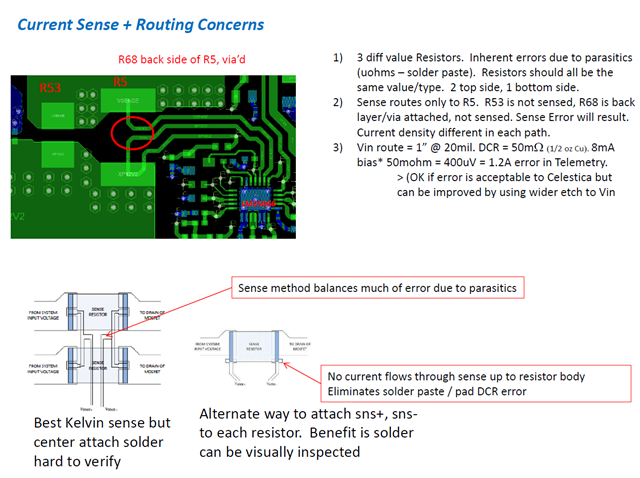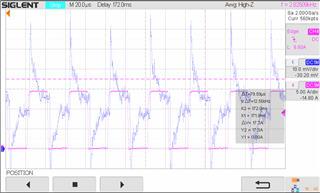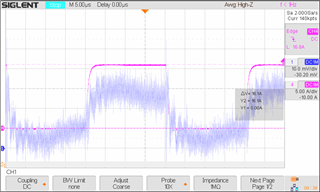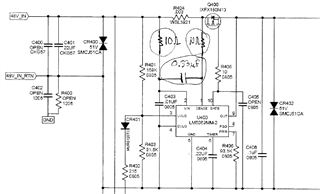I am using the LM5069 to turn on and off 48V power to an H-bridge motor controller. The motor is not activated until the output is fully up. An LC filter is placed between the output of the FET controlled by the LM5069 and the H-Bridge. When operating the motor, I find that the LM5069 goes into current limiting with positive peak currents of about 11A while the current limit is set for 18.3A. Taking tolerances into consideration, the lowest the current limit should be 16A. The current passing out of the FET also goes negative at points through the motor switching cycle. It gets up to -5A at times. I suspect this is due to the LC filter. Could this negative current be affecting the current limiting level of the LM5069?
-
Ask a related question
What is a related question?A related question is a question created from another question. When the related question is created, it will be automatically linked to the original question.





